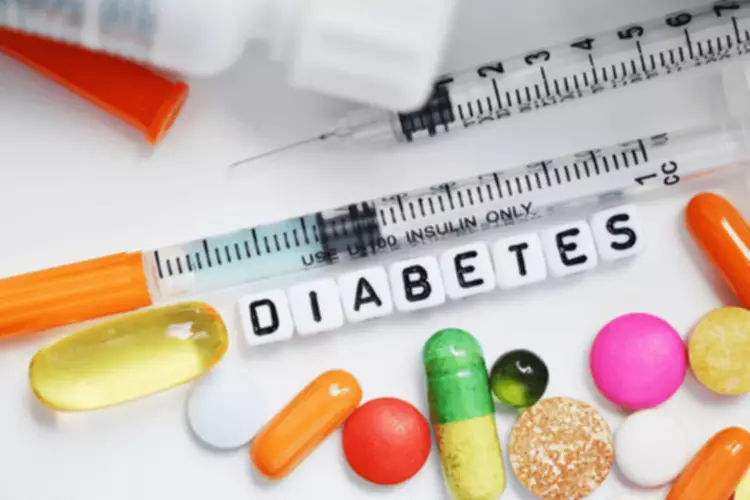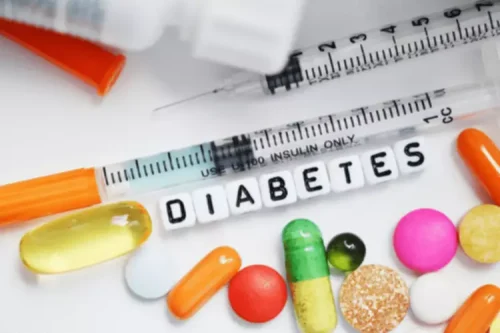
Environmental factors include early exposure to marijuana and peer pressure. Psychological factors involve using marijuana as a coping mechanism for stress or emotional distress. Many people think marijuana use is harmless, especially because it’s a natural product. While many people are able to use it without becoming addicted or abusing it, it’s not a benign substance. Even though you may not be able to prevent marijuana abuse and addiction, there are things you can do to reduce the risk.
Withdrawal Symptoms of Marijuana
- Regular therapy sessions can too, as can peer support groups like 12-Step meetings or SMART Recovery meetings.
- This addiction results in cannabis use disorder, impacting daily functioning and overall mental health.
- Some possible side effects of long-term use like lung infections, reduced ability to learn, and mood swings may occur when someone uses it too long, too much, and for prolonged periods of time.
- Despite its widespread use, many more studies are needed to understand how regular marijuana use may affect your brain and body.
- This support network can be made up of family and friends, fellow patients you meet in treatment, people you interact with at 12-step meetings, and even online support groups and forums.
Many people can use marijuana safely https://ecosoberhouse.com/article/5-reasons-sobriety-tattoos-are-a-terrible-idea/ without becoming addicted or abusing it. But like any mind-altering substance, there’s always a chance that it can become problematic. The initial effects of weed7 can last 2-10 hours, depending on its potency.
Marijuana Use in Veterans

As with all forms of substance addiction, cannabis misuse causes a range of signs and symptoms. Weed can stay in your system for quite a long time too, so these symptoms of addiction can present themselves at different times. Also commonly referred to as ‘marijuana’, ‘grass’ and ‘weed’, cannabis is a mixture of dried leaves, flowers and stems from the cannabis sativa plant. Cannabis is typically smoked, either in a cigarette form or via a pipe.

Cannabis and schizophrenia

Researchers found cannabis use reduced brain activity in certain areas of the brain responsible for decision-making, memory, paying attention and emotional processing. However, the only test that reached statistical significance was working memory, such as remembering a shopping list or following verbal instructions. However, is weed addictive the study could not determine if working memory comes back if a heavy user quits and is a nonuser for an extended period of time, she added. However, the study does add scientific evidence to long-standing social beliefs about regular cannabis use, Boyd said in an email. Irby had a hard time connecting the high-potency weed she considered a miracle cure for her depression to the disabling sickness that occurred a few years later. On several occasions, she got so ill that even the smell of food made her throw up.
Marijuana use impacts dopamine response in the brain’s reward system, causing individuals to pursue more of the drug to maintain pleasure. Over time, regular marijuana users show reduced dopamine receptor availability, diminishing the satisfaction of natural rewards. Marijuana addiction affects relationships by creating emotional distance, communication breakdowns, and trust issues between individuals and their loved ones.
The association did not comment on public health concerns related to high-THC products sold legally in Washington state, which are at the heart of regulation efforts. The Washington State Liquor and Cannabis Board was unable to provide an exact percentage of the state market for high-potency sales in 2024. alcoholism Communications Director Brian Smith said via email that the “processing sector” now accounts for more than half of all retail sales, although that can include products that contain less than 35% THC. But measuring dose is a challenging task for people smoking and vaping cannabis, and for researchers trying to gauge the effects of daily use. But those advocates are fighting a multibillion-dollar cannabis industry resistant to any form of regulation and a public largely convinced marijuana is harmless. Like many people who develop CHS, Brandon Danielson was initially misdiagnosed.

Key to navigating this is building a robust set of healthy coping mechanisms for stress, anxiety, and life’s larger hurdles, which can significantly reduce the appeal of turning to substances for relief. While a medically supervised detoxification is recommended for those with severe CUD or co-occurring health issues, some may choose to undergo the detox process at home. Several evidence-based treatments have been effective for managing CUD or cannabis dependency. There are serious ripple effects of CUD, majorly physical, emotional, and social consequences posed to those affected. When they are struggling with their use of drugs, they may not know how to quit on their own. Loved ones are crucial to help them get the support they need so they can join people who have recovered from substance use.